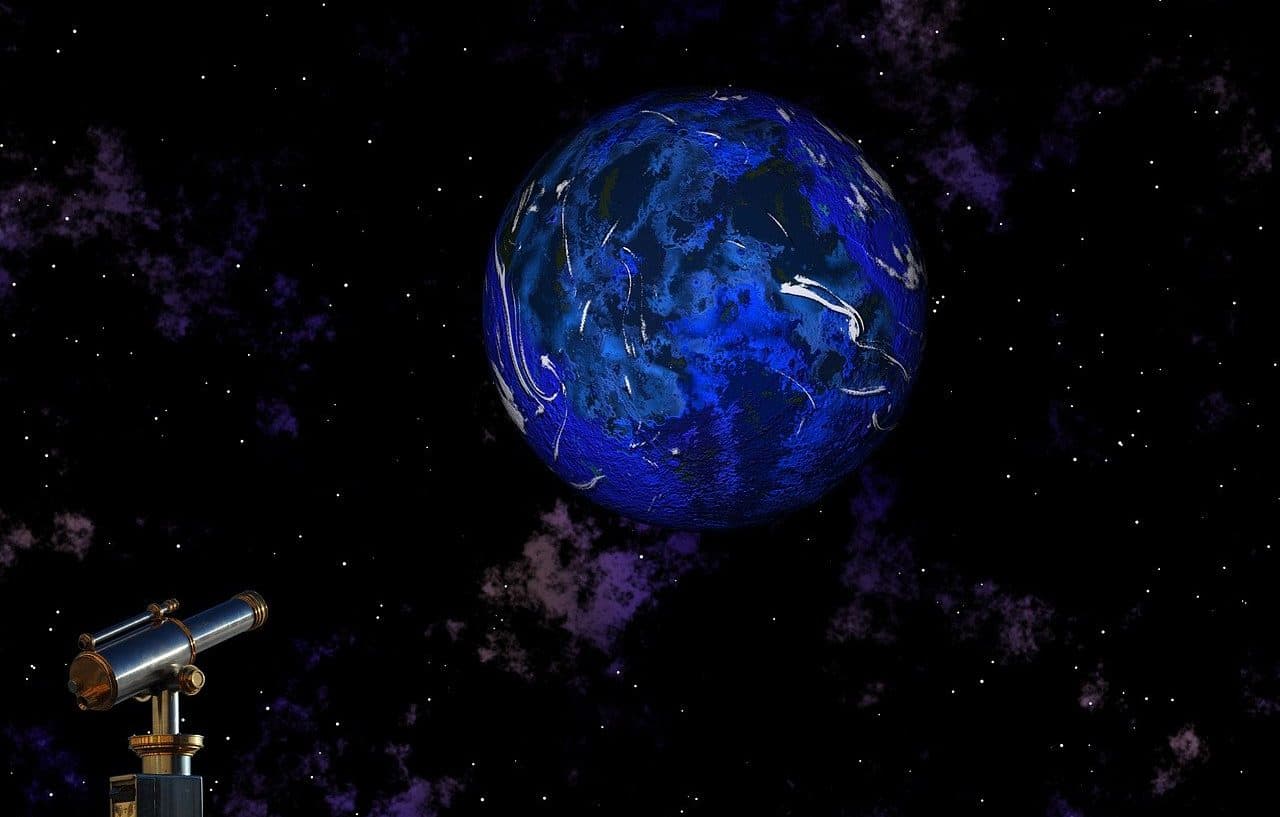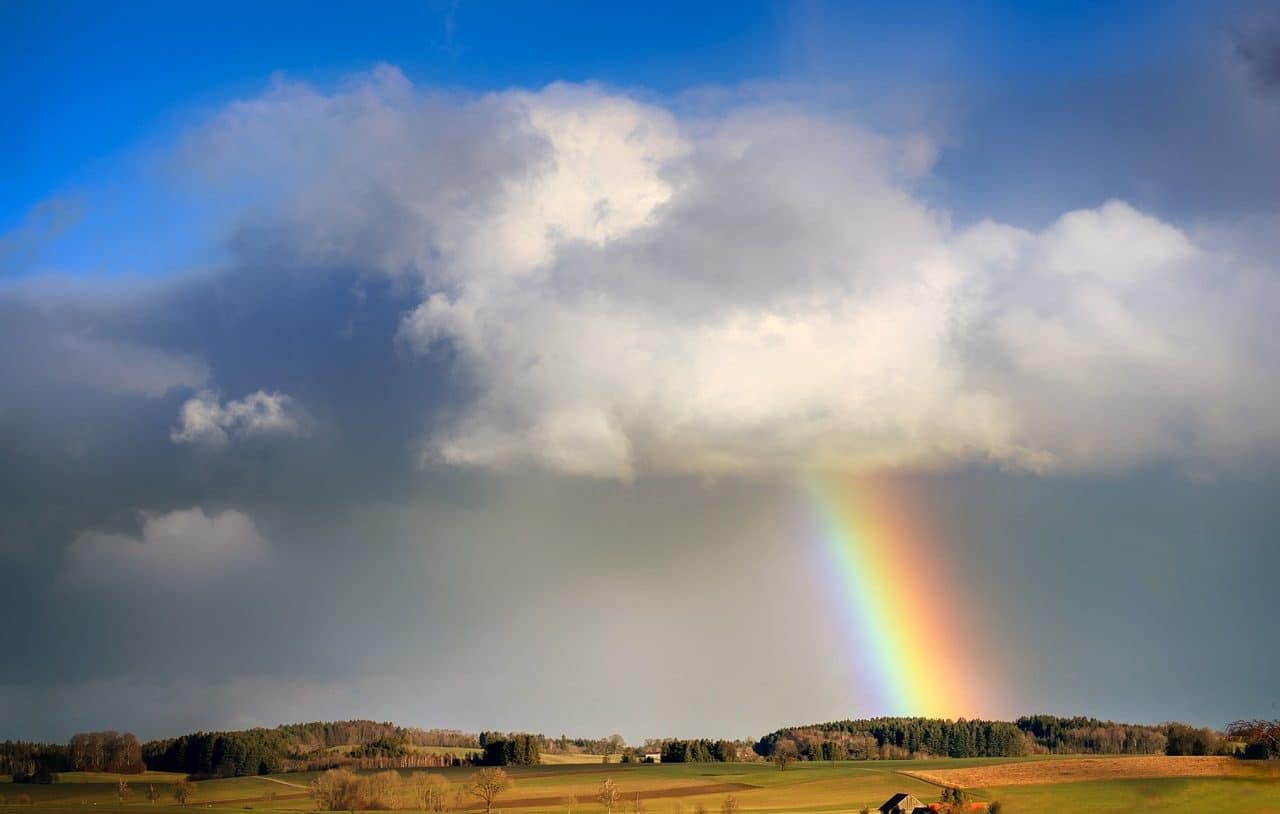
Astrophotography encompasses the branches of, broadly speaking, lunar photography, planetary photography and solar photography.
Astrophotography is the result of the combination of knowledge, interests and actions that are linked to both astronomy and the field of image capture. In this discipline, therefore, art and science are combined with extraordinary results that, simultaneously, teach and amaze.
Over the years, the number of people dedicated to astrophotography has increased, as well as research and experimentation along with the advancement of technology have contributed to the expansion and modernization of this field of work that focuses on the mysteries and beauty of the sky and the universe .
Investing time and money in equipment, techniques and transportation to capture images of the stars is, without a doubt, much more than a hobby. This activity that invites you to appreciate in detail comets , eclipses (solar and lunar) , galaxies and stars , among other wonders, serves to facilitate scientific dissemination and capture the attention of the population with visual content that stimulates curiosity and, through her, the thirst for knowledge.
Astrophotography techniques
Those who are dedicated to astrophotography or want to get started in this discipline need to master basic photography ideas (with the idea of applying them, for example, to the night sky) and notions about astronomy ; gather the appropriate devices and accessories to portray celestial bodies , and be aware of the most appropriate techniques for this work.
In this context, the tricks and methods for tracking, achieving correct focus , optimizing exposure time , selecting the best location and working condition, making appropriate adjustments in terms of sharpness , magnification, cannot be overlooked in this context. contrast , color calibration , etc. Of course, it is also essential to educate yourself about resources and procedures for image processing and material preservation.
The technique of multiple long exposures (used, for example, by a photographer named Jeremy Pérez to convert the trail left by a rocket into a collection of luminous segments) and the parallel technique with a camera positioned on a telescope (advised to specify successfully star tracking) enrich the performances of astrophotographers .
Likewise, it is important to know what and how the primary focus technique is (recommended to portray galaxies , star clusters or nebulae ), to add another alternative.

There are several models of telescopes recommended for astrophotography and deep space observation.
Necessary equipment
Next we will refer to the equipment necessary for the art of astrophotography .
Firstly, because of how accessible it is for beginners, it is exciting to know that amateur astronomical photography can be generated without major complications by using a compact camera or a mobile phone. Having the possibility of resting it on a stable surface or on a tripod, taking advantage of the timer or remote shooting options, will also avoid imprecise or shaky shots.
If you want to photograph the Milky Way or capture detailed features of the moon in an image, specialists on this topic point out, you must use equipment with interchangeable lenses or a reflex camera.
Of course, at a professional level, astronomical cameras , astronomical telescopes and a wide range of astronomical filters are indispensable work elements.
Both the tools to be used and the techniques to apply will always depend on the type of modality, devices available or the result sought, since there are those who prefer wide-field astrophotography , while others choose to dedicate themselves to untracked astrophotography .
There are, to add more, the categories of astrophotography with drones , underwater astrophotography (for auroras and stars) and astrophotography with smartphones .

Thanks to astrophotography, fascinating images of celestial objects and astronomical phenomena are achieved.
Astrophotography contests and awards
There are numerous astrophotography competitions worldwide, as well as prizes that seek to reward those who share the most striking and original images of the cosmos .
«AstroCiutat. The universe in images » y «Astronomy Photographer of the Year» son parte de los certámenes que distinguen a los aficionados que posan la lente de sus equipos en galaxies, el sun, las northern lights, las nebulae y las stars, por ejemplo.
NASA , as noted when collecting information on awards linked to astrophotography , has supported Jordi L. Coy with a stimulus since this astrophotographer managed to capture an image that reveals a conjunction that features the moon and Jupiter . It is worth mentioning that this photographer based in the Sevillian city of Morón de la Frontera already has several Astronomy Picture of the Day (APOD) awards. For photographing the sun, meanwhile, the Argentine Eduardo Schaberger stood out in one of the categories corresponding to the 2023 edition of a prestigious astronomical contest promoted by the Greenwich Observatory . In this context, a group of amateurs (made up of Yann Sainty , Marcel Drechsler and Xavier Strottner ) who were able to portray, in the vicinity of the Andromeda galaxy , a large plasma arc also triumphed.
